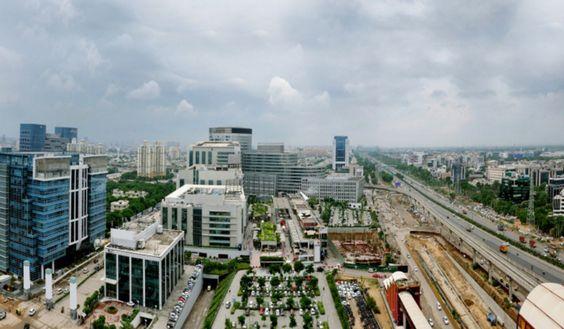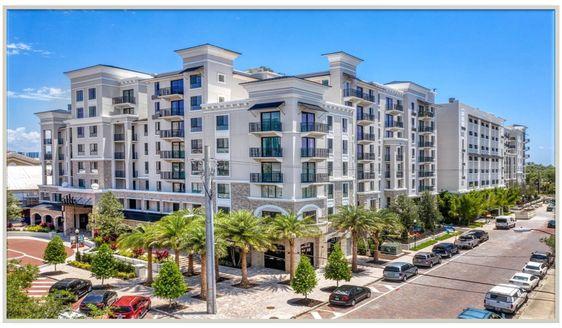




Table of Contents
- Introduction
- How Affordable Housing Promotes Economic Diversity
- How Affordable Housing Stimulates Real Estate Market
- Environmental Advantages of Well-Designed Affordable Housing Projects
- Faq's
Introduction
Gurgaon, a rapidly growing city in the National Capital Region (NCR) of India, is known for its upscale residential complexes, modern infrastructure, and vibrant corporate sector. However, the need for affordable housing in Gurgaon has become increasingly significant for several reasons. Affordable housing plays a crucial role in promoting inclusive urban development, ensuring that people from diverse economic backgrounds can live in well-developed areas with access to essential services and opportunities.
How Affordable Housing Promotes Economic Diversity
Accessible Housing Opportunities:
Affordable housing ensures that individuals from diverse economic backgrounds can find suitable accommodation within their financial means. This inclusivity allows people from different income levels to live in close proximity, fostering a more integrated and diverse community. pinterest
pinterest
Support for Workforce and Local Economy:
Affordable housing near job centers ensures that essential workers, such as teachers, healthcare professionals, and service workers, can afford to live close to their workplaces. This reduces commuting times and costs, leading to better job stability and higher disposable income, which, in turn, benefits local businesses and the economy.
Social Mobility:
Affordable housing provides a pathway for upward economic mobility by allowing individuals and families to allocate more resources towards education, skill development, and savings. This can lead to improved job prospects and financial stability over time, contributing to overall economic diversity within the community.
Community Development:
Mixed-income housing developments that include affordable housing units create vibrant communities where people from different socioeconomic backgrounds interact. This interaction fosters understanding, reduces stigma, and promotes social cohesion, contributing to a more resilient and inclusive society.
Urban Revitalization:
In urban areas, affordable housing projects often catalyze neighborhood revitalization efforts. They attract investment, improve infrastructure, and create a more attractive living environment, benefiting both new residents and existing community members.
Government and Private Sector Collaboration:
Policies that support affordable housing initiatives, coupled with public-private partnerships, play a crucial role in expanding housing options. These collaborations ensure sustainable development practices and equitable distribution of resources, enhancing economic diversity in urban and suburban areas. pinterest
pinterest
How Affordable Housing Stimulates Real Estate Market
Increased Demand:
Affordable housing expands the pool of potential homebuyers, particularly first-time buyers and moderate-income families who may otherwise struggle to enter the market. This increased demand can drive overall market activity, leading to more transactions and higher property values in both affordable and surrounding areas.
Market Expansion:
By catering to a broader demographic, affordable housing projects open up new market segments that were previously underserved. This expansion can attract developers and investors to explore opportunities in affordable housing, diversifying the real estate market and fostering innovation in housing solutions. Gurugram Housing
Gurugram Housing
Neighborhood Revitalization:
Affordable housing developments often target distressed or underutilized areas, bringing new investment, infrastructure improvements, and amenities to these neighborhoods. This revitalization can create positive spillover effects, such as increased property values for existing homeowners and improved community amenities.
Job Creation:
The construction and maintenance of affordable housing projects generate employment opportunities in the local economy. This includes jobs in construction, architecture, engineering, and related sectors, stimulating economic growth and supporting livelihoods within the community.
Financial Inclusion:
Affordable housing initiatives promote financial inclusion by providing pathways to homeownership for low and moderate-income families. This can lead to greater financial stability, improved creditworthiness, and increased consumer spending, which in turn supports economic growth and stability.
Environmental Advantages of Well-Designed Affordable Housing Projects
Well-designed affordable housing projects offer several environmental advantages that contribute to sustainability and community well-being. Here are some key benefits:
Energy Efficiency:
Modern affordable housing incorporates energy-efficient designs, such as improved insulation, energy-efficient appliances, and LED lighting. These features reduce energy consumption and lower utility bills for residents, while also decreasing greenhouse gas emissions and promoting environmental stewardship.
Water Conservation:
Sustainable housing designs often include water-saving fixtures, greywater recycling systems, and drought-resistant landscaping. These measures help conserve water resources, reduce strain on local water supplies, and support ecological balance in the surrounding environment.
Reduced Carbon Footprint:
By integrating green building practices, such as using eco-friendly materials, employing passive solar design principles, and installing renewable energy systems like solar panels, affordable housing projects can significantly reduce their carbon footprint. This contributes to mitigating climate change impacts and promoting environmental sustainability.
Improved Indoor Air Quality:
Proper ventilation, low-VOC (volatile organic compound) paints and finishes, and use of natural materials contribute to better indoor air quality in affordable housing units. This enhances resident health and well-being by reducing exposure to pollutants and allergens, which is particularly important for vulnerable populations.
Enhanced Public Health:
Well-planned affordable housing developments often prioritize access to green spaces, pedestrian-friendly layouts, and proximity to public transportation. These features encourage physical activity, reduce reliance on cars, and promote community interaction, leading to improved public health outcomes and reduced environmental impact. Environmental sustainability
Environmental sustainability
explore further
Latest from Home Buying Tips
More from Recommendations
Resources
Dwello, for every home buyer, is a way to go from 'I feel' to 'I know', at no extra cost.




